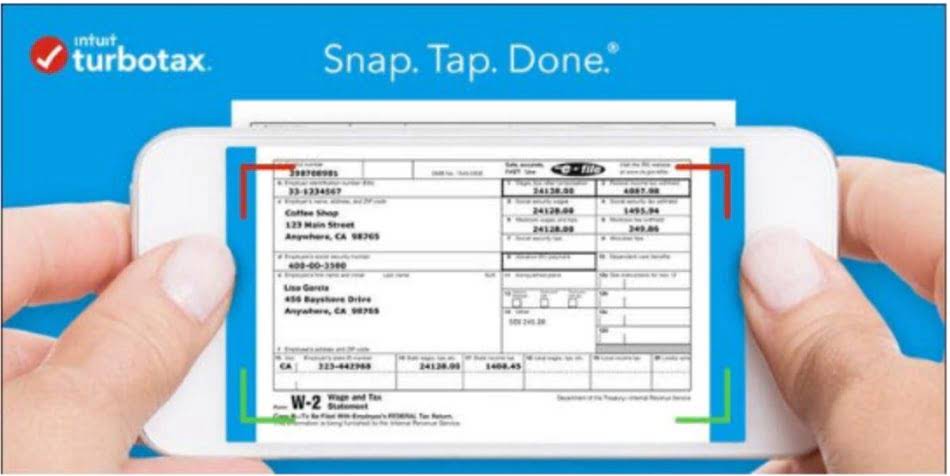
Bookkeeping and accounting go hand in hand, but choosing the right bookkeeping system is crucial for maximizing their benefits. This single-entry bookkeeping is a simple way of showing the flow of one account. To illustrate how single-entry accounting works, say you pay $1,500 to attend a conference. Very small, new businesses may be able to make do with single-entry bookkeeping. One copy should be kept by the proprietor (this is known as decedent’s copy).
- If done correctly, your trial balance should show that the credit balance is the same as the debit balance.
- Danielle Bauter is a writer for the Accounting division of Fit Small Business.
- The debit entry increases the asset balance and the credit entry increases the notes payable liability balance by the same amount.
- In conclusion, revenue, expenses, and profits are essential concepts in double entry bookkeeping.
- For the accounts to remain in balance, a change in one account must be matched with a change in another account.
- Similarly, when a company borrows money from a bank, the cash account is debited (increased) and the notes payable account is credited (increased).
What Is Double Entry Bookkeeping: A Clear Explanation

It is recommended to use a double-entry bookkeeping system because it allows for checks and balances on all transactions and the overall financial statement. This ensures that all financial statements are in good order and it double entry accounting meaning can also help detect and prevent fraud within the business. The double entry is based on the debit and credit accounts of the transaction. Double-entry is an accounting system thatrecords a transaction in a minimum of two accounts. It is based on a dual aspect, i.e., Debit and Credit, and this principle requires that for every debit, there must be an equal and opposite credit in any transaction. The double entry system is a more comprehensive way to maintain an entity’s overall accounts.

Debit Accounts and Credit Accounts
The purpose of the trial balance is to ensure that the total of all debit balances equals the total of all credit balances. If the trial balance does not balance, it indicates that there is an error in the books that needs to be corrected. This means that every transaction entered into the books must be balanced by an equal and opposite transaction. In other words, for every debit entry, there must be a corresponding credit entry of equal value. The journal provides a complete record of all transactions and serves as the basis for posting transactions to the ledger. Equity accounts are used to record the residual interest of the owners in the assets of a company Accounting for Churches after deducting liabilities.
To Ensure One Vote Per Person, Please Include the Following Info

This will not only improve accuracy but also enhance your decision-making capabilities. Both cases reflect an increase in cash available while recording the obligation to repay the loan, keeping the accounts balanced. While single-entry bookkeeping might be enough for a very small business, most companies opt for the double-entry system in accounting because it offers more accuracy and insight.


The double entry accounting system means keeping the transactions in order. It operates on the principle that every transaction in one account has an equal and opposite entry in the other. For example, every amount credited in one account will be a debit record for another. income summary A bookkeeper makes the same entry in two places to reflect two different transaction scenarios. A double entry accounting system refers to the bookkeeping method where two entries are made simultaneously into two different accounts, indicating a firm’s cash inflow and outflow. The purpose is to tally both the accounts and balance the credit and the debit side.
- If a company sells a product, its revenue and cash increase by an equal amount.
- It may help you to remember the rules if you keep in mind that assets in the balance sheet and costs in the profit and loss account are both debits.
- This helps explain why a single business transaction affects two accounts (and requires two entries) as opposed to just one.
- The double-entry accounting method has many advantages over the single-entry accounting method.
- A business transaction is an economic event that is recorded for accounting/bookkeeping purposes.
- Double Entry Accounting accounts each transaction in dual aspects as the name suggests.
Understanding Double Entry Bookkeeping
Conversely, liabilities and equity increase when credited and decrease when debited. For example, if a business purchases equipment for £1,000 in cash, the equipment (asset) account is debited £1,000, while the cash (asset) account is credited £1,000. This method maintains accuracy, offering a clear, balanced view of Financial Activities. Double Entry Accounting accounts each transaction in dual aspects as the name suggests. The two aspects namely debit and credit dictate the nature of the transaction. Some of the elements of trial balances include tallying debit and credit balances whilst minimising the element of risk.